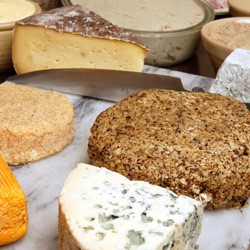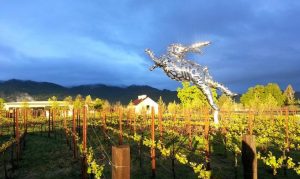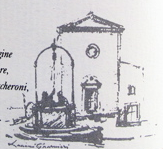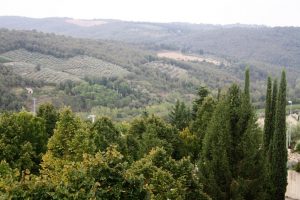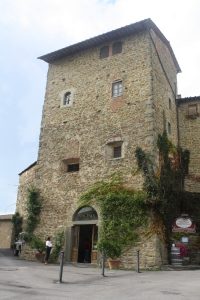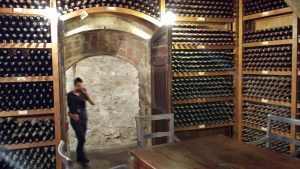This is one in a continuing series, irregular though it may be, about favorite wine bars where you can do wine tasting. It wasn’t meant to be a series, but since we’ve already introduced our readers to the Instituto dos Vinhos do Douro e Porto and L’Ecluse in Paris, then three such articles seals the deal.
So let us introduce you to Reynier in the City of London, that is the sector of London known as The City, where all the financiers are. Actually, many of them have moved on to Canary Wharf…Oh, forget about it. This is the old, historic part of London, where London Bridge is, where the streets are tiny and curvy and have names like Threadneedle and Poultry and Pudding to memorialize the trades that were once practiced there. And there are still many bankers and brokers and insurance chaps and they like to drink with their lunch. Which brings us to Reynier.
Now what’s funny is that the name of the place is actually the Wine Library (www.winelibrary.co.uk), which isn’t such a bad name, but I’ve only ever known it as Reynier (pronounced RAIN-yay) and no one I know who goes there calls it anything else. But other than the mystery of the name and the little streets, why should you go there? Well, “Wine Library” should give you a clue. It’s a fine wine shop with a great selection, running heavily to Bordeaux and Burgundy. “Wait” you must be thinking, “this was supposed to be about a wine bar, not a wine shop.” And so it is, but with a difference.
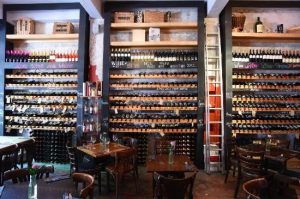 Reynier wine Library. Photo courtesy of Yap.
Reynier wine Library. Photo courtesy of Yap.
As you can see from the photo, there are a lot of wine bottles and we can assure you that they are all for sale. And you can see that there are tables. That’s because you can buy a bottle, pay a small corkage fee and drink the contents on the premises. Of course we can hear you objecting that you’d never sit down and drink a bottle by yourself. Indeed not! So go to Reynier with a friend or two. Which is exactly what all those bankers and brokers and insurance chaps do at lunch time.
It’s not French cooking, or English or Italian because there’s no cooking at all. What there is is a magnificent spread of pates and hams and terrines and cheeses. And grainy mustard and crispy baguettes. And of course the wine you just bought. No king ever had a finer repast.
Photo courtesy of Reynier Wine Library.
I distantly remember seeing the room in the picture with the chairs and tables, but if you want to move with the in crowd you go to the cellar (which is where the buffet is) and sit with the fellows in the skinny suits with wide chalk stripes and loud ties (i.e., the finance set) where you will rest your backside on a low stool and eat off the top of an upturned barrel. If you’re with a few other people, you’ll have to shoulder your way to a seat. It’s worth it because when you’re with a group you’ll run out of the first bottle rather quickly and someone will have to get up and buy another, and maybe another after that. And they say that they return to work after lunch?!?
Great wine, great food, history and the three new friends you’re bound to make at lunch. What could be better? Come and get it while the dollar is hot and the pound is not.
